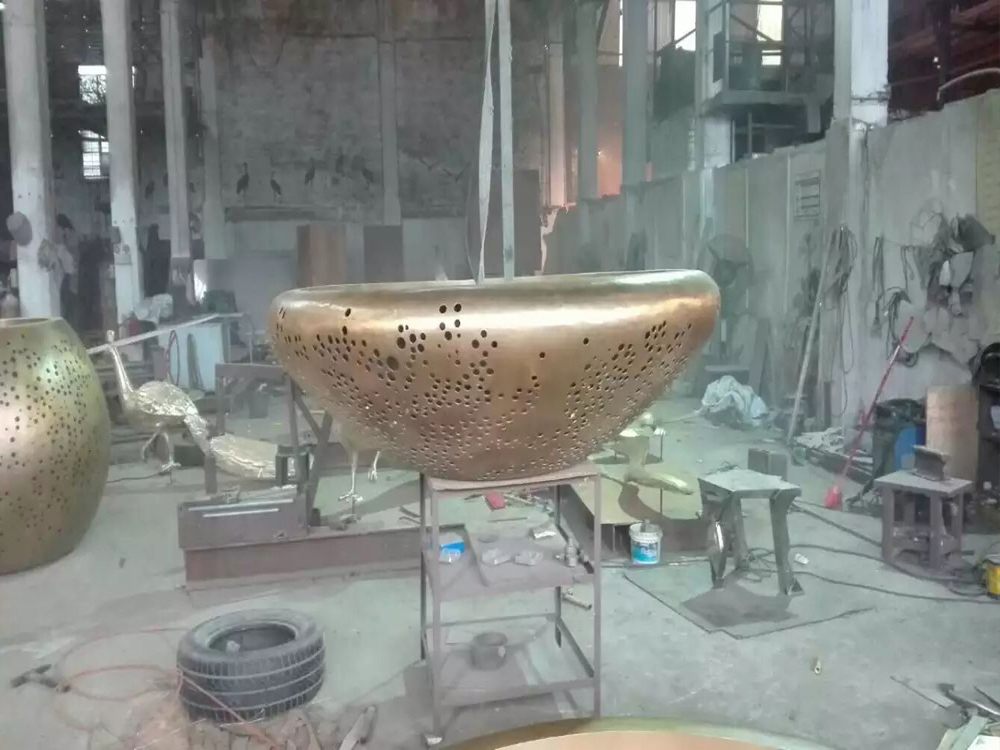
Bronze sculptures are renowned for their durability and timeless beauty, but tropical climates with high humidity present unique challenges. The combination of moisture, salt, and heat can accelerate oxidation, leading to patina changes and potential corrosion. However, bronze's natural resistance to environmental factors makes it a preferred material for outdoor art in such regions.
In tropical climates, bronze develops a protective patina—a greenish layer—that shields the metal from further degradation. This process, known as verdigris, is a natural reaction to humidity and can enhance the sculpture's aesthetic appeal. Yet, excessive moisture and salt exposure may cause uneven patination or pitting, requiring regular maintenance.
To preserve bronze sculptures in humid environments, routine cleaning with mild solutions and wax coatings is recommended. Avoiding harsh chemicals and ensuring proper drainage around the sculpture’s base can prevent water accumulation. Additionally, periodic inspections help identify early signs of damage, allowing for timely interventions.
While bronze sculptures can thrive in tropical climates, proactive care ensures their longevity. By understanding the material’s behavior and implementing preventive measures, collectors and artists can enjoy these masterpieces for generations.

